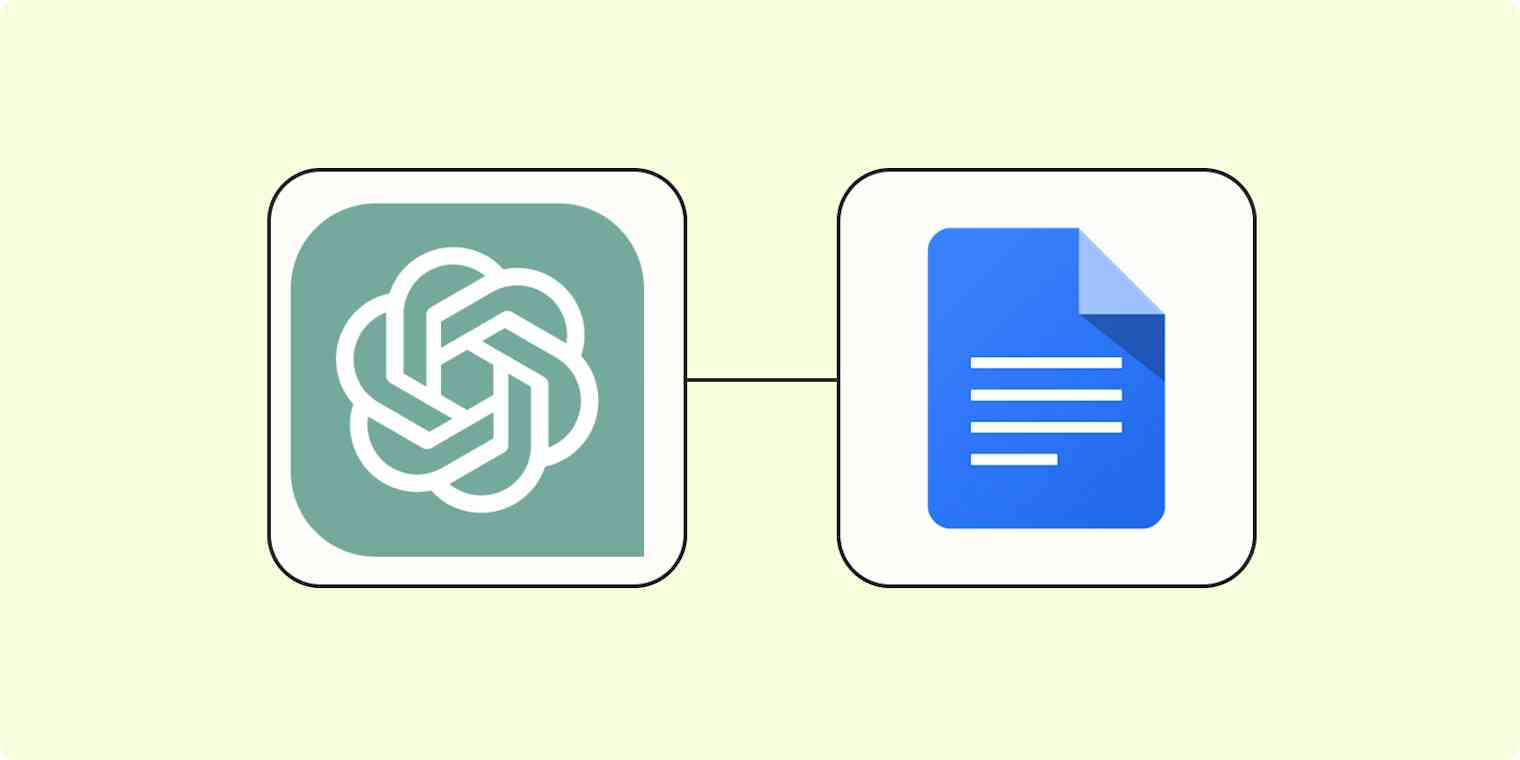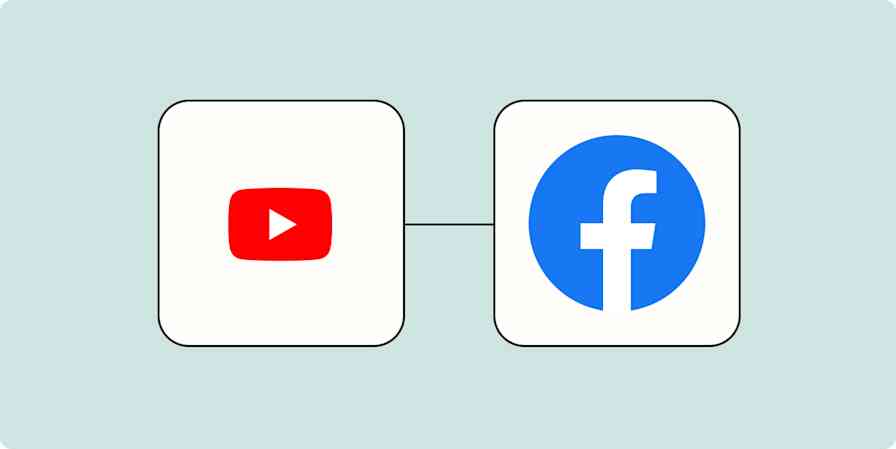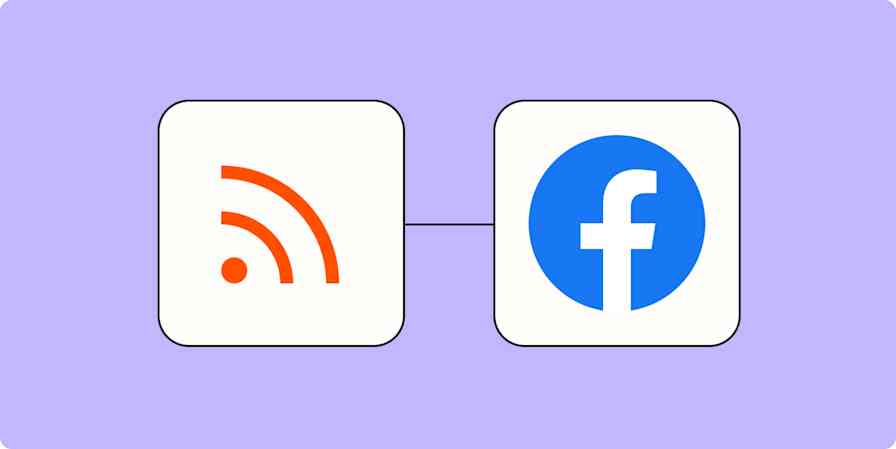Want to try this workflow? Click on the Zap template below to get started. Plus, keep reading for more details on how to set up this Zap in the video transcript.
Start a conversation with ChatGPT from new Airtable records and add ChatGPT-generated text to a Google Doc
This workflow requires a multi-step Zap, available on a paid Zapier plan or during a free trial. Learn more about multi-step Zaps.
What I want to do today is connect our Airtable app to ChatGPT and Google Docs so that whenever a new record is added to our Airtable account, OpenAI will create an outline at the bottom of our selected Google Doc.
New to Zapier? It's workflow automation software that lets you focus on what matters. Combine user interfaces, data tables, and logic with 6,000+ apps to build and automate anything you can imagine. Sign up for free.
In order to get started with this workflow, I need to create a Zap by clicking the + Create Zap button on the left-hand side of the screen. Because I want Airtable to trigger a conversation in ChatGPT, I'll need to use Airtable as my trigger. I can find the app by typing it into the search bar and clicking below. The trigger screen will then pop up.
I should click New Record as my event, and then click Continue. Setting this as the trigger means that anytime Airtable sees a new record is created, it's going to run this workflow.
The first time we set up Airtable, we'll need to authenticate it with Zapier. A link will pop up for you to log into your Airtable account. In order to connect Airtable to Zapier, we'll need to copy our API token into the authorization screen. To do this, go to your Airtable account, click on your profile icon in the top-right hand side of the screen, and then click Account. Next, copy the key that is given to you. Go back to your authorization screen and then paste the key.
Don't worry, it's totally safe because Zapier uses industry standards for encryption when connecting with each of your apps.
We'll then need to fill out our trigger apps data. Select the base and table you'd like to use for your Zap and click Continue.
In order to finish setting up this trigger, we'll need to pull in some example data. To do that, click Test trigger. Now, you're all set with the first step. Click Continue, and we can start creating our first action.
Type in ChatGPT into the search bar and select it from the dropdown menu. Next, click Conversation, and click Continue.
From there, I can select our account and authenticate OpenAI with Zapier, just like I did with my Airtable account. To do this, go to your OpenAI account, click the top-right button of your screen, and then select View API Keys from the menu. Click Create New Secret Key, and then copy and paste it onto your authorization screen.
By the way, if at any point you get stuck, Zapier's got an amazing support team that can help you out.
For this specific workflow, click Continue and it's time to assign our trigger apps data into the action apps fields.
Under User Message, I'll type in a custom message. I'll type "Outline this blog post for me," and then I'll select Description from the dropdown and click Continue.
Click Test action, and we can move on to our second action step.
ChatGPT will create our outline, but we'll need to make sure it appears in our Google Docs app. To do this, click the + plus button on the bottom of the screen and type Google Docs into the search bar. Click Append Text to Document, and click Continue.
Log into your account once more, then click Continue again. From there, we can start to assign our trigger apps data into the action apps fields.
Under Document Name, select the document you like to use for your Zap, and then in Text to Append, I'll type in a custom message. I'll type "Blog outline:," and then I'll select Assistant Response Message from the dropdown, and then I'll click Continue.
Click Test action, and we should be all set. This is ready to turn on. Now, whenever a new record is added to our Airtable account, ChatGPT will create an outline at the bottom of our selected Google Doc. Want to try it yourself? Click on the Zap template below to get started.





